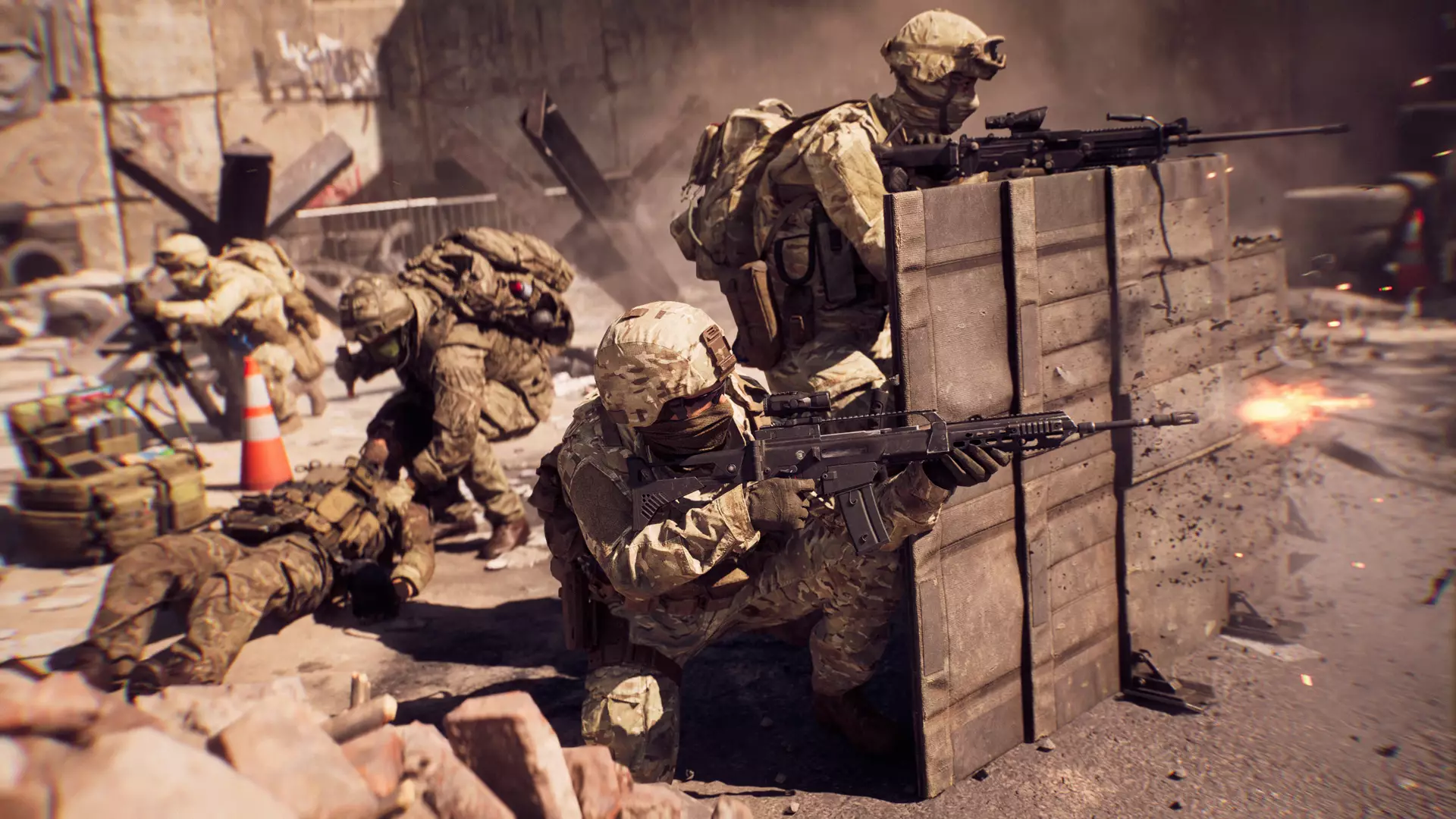In Battlefield 6, a game often praised for its dynamic combat and expansive maps, the support class emerges as both a lifeline and an unexpected weapon of destruction. Traditionally, support players are valued for their ability to keep teammates alive and maintain team cohesion. Their role is often overshadowed by the more combat-centric classes—assault and recon—whose kills draw the spotlight. However, the beta reveals that support players wield a dangerous tool: the defibrillator. When wielded with reckless abandon, it transforms from a simple revival tool into an offensive force. Running around reviving allies becomes secondary to electrifying enemies, turning the often passive support into an aggressive, unpredictable threat. What’s truly fascinating is how gameplay mechanics lend themselves to this duality—support players can turn revival devices into lethal weapons, blurring the line between healer and harbinger.
This shift in gameplay encourages players to rethink strategic priorities. No longer is the support role solely about keeping the team afloat; it becomes a flexible position capable of inflicting substantial damage. The beta’s mechanics make it effortless for support players to switch from restoring allies to executing enemy takedowns, especially when equipped with the defibrillator, which can stun and eliminate foes with surprising efficiency. Such versatility not only enhances gameplay variety but also challenges traditional class stereotypes, suggesting that the most underestimated roles can be the most powerful when exploited creatively.
The Streamer Factor: Turning Chaos into Spectacle
Adding another layer to this phenomenon is the influence of prominent streamers, particularly Lirik, whose exploits in Battlefield 6 have gained widespread attention. His relentless use of the defibrillator to wipe out entire lobbies showcases how a single tool can be weaponized into an area-of-effect nightmare. Lirik’s playstyle epitomizes a form of chaotic brilliance—where the support device becomes a device of destruction, transforming serious gameplay into a spectacle of entertainment. His viral videos, characterized by multi-kill rampages and humorous commentary, highlight the absurdly powerful potential of this seemingly mundane gadget.
Lirik’s approach underscores a broader trend in modern gaming: streamers transforming gameplay mechanics into entertainment spectacles, often pushing the boundaries of intended design. His antics encourage other players to experiment with unconventional tactics, effectively turning the beta into a playground of chaos. While some purists might argue this undermines the game’s tactical depth, it also reveals an essential truth—rules are made to be bent when it enhances engagement and enjoyment. The support class, once an auxiliary role, becomes a center of attention, not just for its utility, but for its ability to shock and surprise opponents.
Innovation or Overreach? The Implications for Battlefield’s Future
The game’s openness to such aggressive support tactics signals a notable shift in how Battlefield might evolve. If players continue to discover and exploit these unconventional strategies, the line between support and assault could blur even further. Second, it raises questions about balance: will developers adjust mechanics to prevent support players from becoming too overpowering? Or will they embrace this chaos as a signature element, encouraging player creativity?
Moreover, the fascination with streamer antics reveals a pivotal aspect of gaming culture—the power of personalities to shape gameplay perceptions. As streamers like Lirik push boundaries, they inadvertently influence the broader community, pushing developers to consider how their game mechanics are used in real-world scenarios. Whether this leads to better-balanced gameplay or a chaotic, unpredictable environment remains to be seen, but it’s undeniable that the support class—and the defibrillator—have become focal points of competitive and entertainment value alike.
The ultimate takeaway is clear: Battlefield 6 is more than just a shooter—it’s a canvas for improvisation. Support players and streamers are rewriting what is possible within the game’s ecosystem, proving that even the most underestimated roles can turn into game-changing forces when wielded with intention—and a little bit of reckless abandon.

